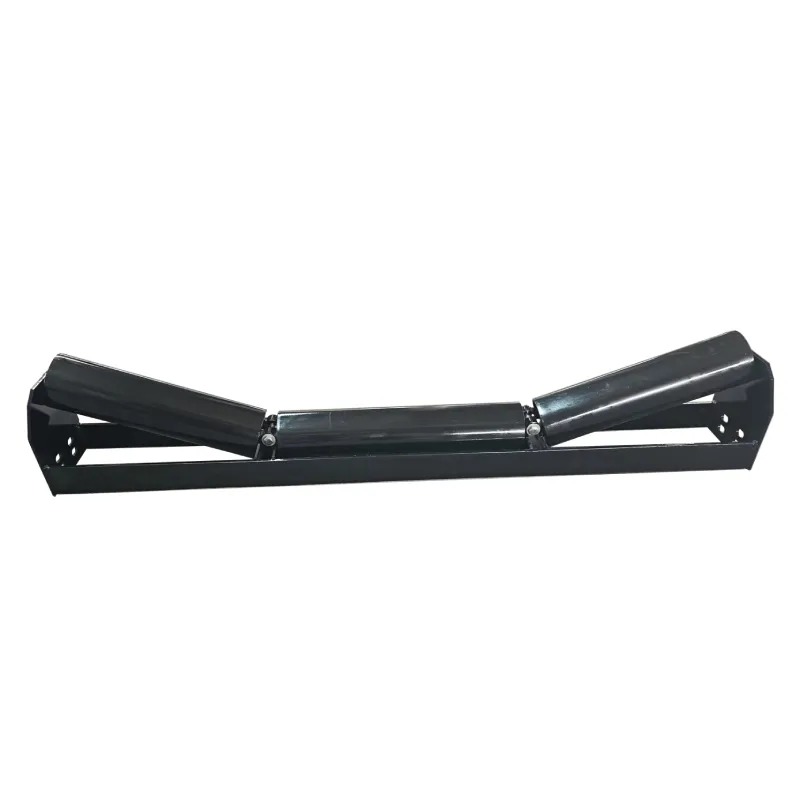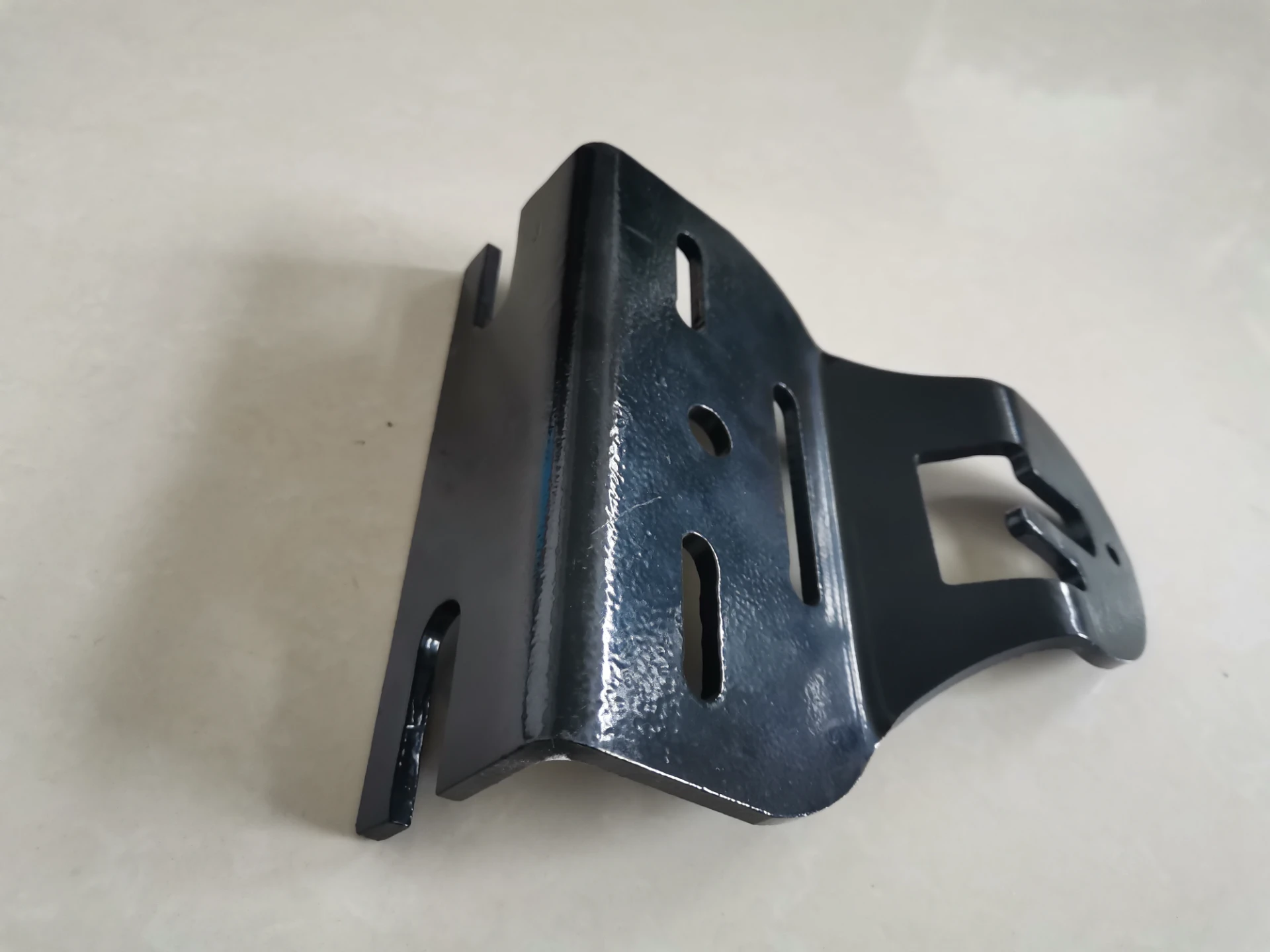 Afrikaans
Afrikaans  Albanian
Albanian  Amharic
Amharic  Arabic
Arabic  Armenian
Armenian  Azerbaijani
Azerbaijani  Basque
Basque  Belarusian
Belarusian  Bengali
Bengali  Bosnian
Bosnian  Bulgarian
Bulgarian  Catalan
Catalan  Cebuano
Cebuano  Corsican
Corsican  Croatian
Croatian  Czech
Czech  Danish
Danish  Dutch
Dutch  English
English  Esperanto
Esperanto  Estonian
Estonian  Finnish
Finnish  French
French  Frisian
Frisian  Galician
Galician  Georgian
Georgian  German
German  Greek
Greek  Gujarati
Gujarati  Haitian Creole
Haitian Creole  hausa
hausa  hawaiian
hawaiian  Hebrew
Hebrew  Hindi
Hindi  Miao
Miao  Hungarian
Hungarian  Icelandic
Icelandic  igbo
igbo  Indonesian
Indonesian  irish
irish  Italian
Italian  Japanese
Japanese  Javanese
Javanese  Kannada
Kannada  kazakh
kazakh  Khmer
Khmer  Rwandese
Rwandese  Korean
Korean  Kurdish
Kurdish  Kyrgyz
Kyrgyz  Lao
Lao  Latin
Latin  Latvian
Latvian  Lithuanian
Lithuanian  Luxembourgish
Luxembourgish  Macedonian
Macedonian  Malgashi
Malgashi  Malay
Malay  Malayalam
Malayalam  Maltese
Maltese  Maori
Maori  Marathi
Marathi  Mongolian
Mongolian  Myanmar
Myanmar  Nepali
Nepali  Norwegian
Norwegian  Norwegian
Norwegian  Occitan
Occitan  Pashto
Pashto  Persian
Persian  Polish
Polish  Portuguese
Portuguese  Punjabi
Punjabi  Romanian
Romanian  Russian
Russian  Samoan
Samoan  Scottish Gaelic
Scottish Gaelic  Serbian
Serbian  Sesotho
Sesotho  Shona
Shona  Sindhi
Sindhi  Sinhala
Sinhala  Slovak
Slovak  Slovenian
Slovenian  Somali
Somali  Spanish
Spanish  Sundanese
Sundanese  Swahili
Swahili  Swedish
Swedish  Tagalog
Tagalog  Tajik
Tajik  Tamil
Tamil  Tatar
Tatar  Telugu
Telugu  Thai
Thai  Turkish
Turkish  Turkmen
Turkmen  Ukrainian
Ukrainian  Urdu
Urdu  Uighur
Uighur  Uzbek
Uzbek  Vietnamese
Vietnamese  Welsh
Welsh  Bantu
Bantu  Yiddish
Yiddish  Yoruba
Yoruba  Zulu
Zulu Mar . 05, 2025 03:01
Back to list
friction head
The world of conveyor systems is broad, encompassing various components that work in unison to ensure efficient material handling. Among these components, the head pulley and tail pulley stand out as indispensable elements pivotal to the system’s performance and reliability.
Engineers and industry experts emphasize the interconnected nature of the head and tail pulleys with other conveyor components. Their design should not only focus on individual performance but also compatibility with the overall conveyor system. For facilities handling materials with abrasive properties, selecting pulleys with wear-resistant surfaces could significantly prolong equipment life and reduce maintenance costs. When establishing a conveyor system, the choice of head and tail pulleys should align with the specific operational requirements, considering factors such as load weight, speed, and environmental conditions. Authoritative sources recommend consulting with conveyor system specialists during the design phase to ensure a bespoke solution that maximizes productivity and safety. In essence, the role of the head pulley and tail pulley transcends their mechanical functions, extending into realms of operational strategy and system reliability. A thorough understanding of their operational dynamics, paired with professional maintenance practices, assures that these components contribute positively to achieving seamless and efficient material handling operations. The complex interplay of design, material selection, and ongoing management underscores their critical placement in the broader narrative of conveyor technology advancement.


Engineers and industry experts emphasize the interconnected nature of the head and tail pulleys with other conveyor components. Their design should not only focus on individual performance but also compatibility with the overall conveyor system. For facilities handling materials with abrasive properties, selecting pulleys with wear-resistant surfaces could significantly prolong equipment life and reduce maintenance costs. When establishing a conveyor system, the choice of head and tail pulleys should align with the specific operational requirements, considering factors such as load weight, speed, and environmental conditions. Authoritative sources recommend consulting with conveyor system specialists during the design phase to ensure a bespoke solution that maximizes productivity and safety. In essence, the role of the head pulley and tail pulley transcends their mechanical functions, extending into realms of operational strategy and system reliability. A thorough understanding of their operational dynamics, paired with professional maintenance practices, assures that these components contribute positively to achieving seamless and efficient material handling operations. The complex interplay of design, material selection, and ongoing management underscores their critical placement in the broader narrative of conveyor technology advancement.
Next:
Latest news
-
Revolutionizing Conveyor Reliability with Advanced Rubber Lagging PulleysNewsJul.22,2025
-
Powering Precision and Durability with Expert Manufacturers of Conveyor ComponentsNewsJul.22,2025
-
Optimizing Conveyor Systems with Advanced Conveyor AccessoriesNewsJul.22,2025
-
Maximize Conveyor Efficiency with Quality Conveyor Idler PulleysNewsJul.22,2025
-
Future-Proof Your Conveyor System with High-Performance Polyurethane RollerNewsJul.22,2025
-
Driving Efficiency Forward with Quality Idlers and RollersNewsJul.22,2025
OUR PRODUCTS





























